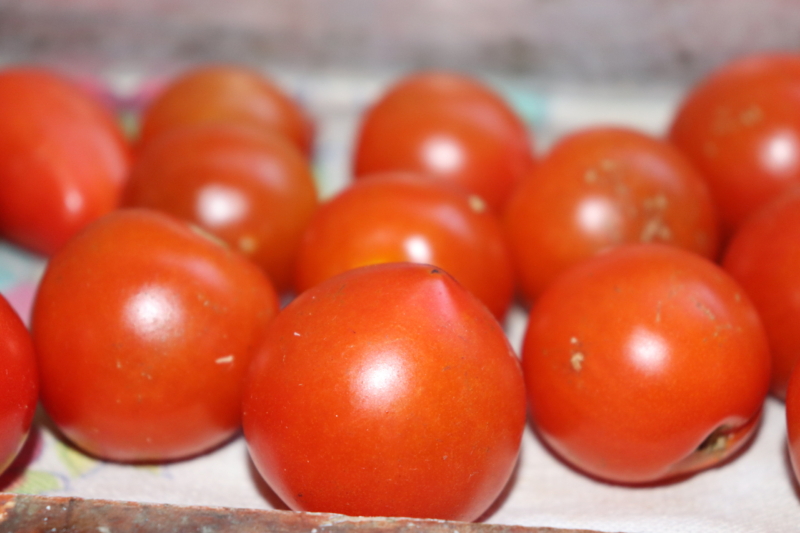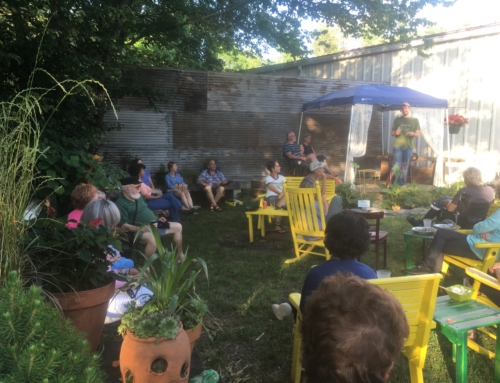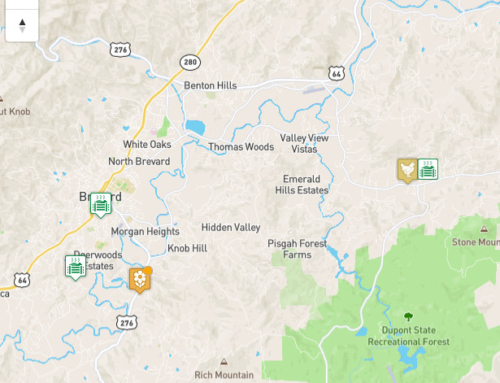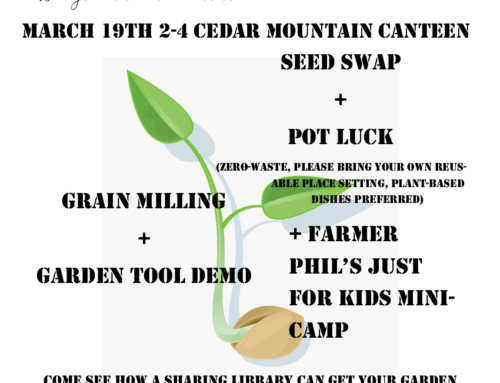The nightshade family: sounds scary! And it is, as there are massive numbers of plants in this Solanaceae family that are very toxic. But we love to eat many of the non-toxic ones and most of us cannot wait for that first sun-ripened fresh tomato of the season. The other vegetable from the nightshade to be discussed in this article is the often vilified white potato. But before we begin chatting vegetables, let us talk salt.
Our bodies need salt. Research has shown that without the correct balance of water and salt, our systems shut down and we die. So why the health concerns of not eating salt? If you eat any foods that are factory processed then you are eating way too much salt and bad salt at that. Big Food has our palates held hostage with refined salt, a variety of sugars and unhealthy fats. You got it: please, no processed food!
The ‘regional’ salt I use the Redmond’s Real Salt. Mined in Utah, it is the most ‘local’ one can find that is reputable. I buy in bulk direct from the company as I ferment so much but most natural food stores sell it. This link will explain a tad more.
https://redmond.life/realsalt/ingredient/
If you are a history geek, then this will inspire you about the long history of salt’s influence in economics, religion, travel, industry, and of course, food.
https://seasalt.com/history-of-salt
OK, back to those tomatoes. Sometimes simple is the key to a sublime experience and here is where salt creates that tor you and your tomato. Get your tomatoes ready by chopping into bite-size chunks and placing them in a colander. Now lightly salt and blend. Taste to ensure there is the just-right amount of salt for your taste buds. Let the colander drip over a bowl for at least 30 minutes. The salt will draw out the water from the cells, intensifying the tomato’s natural flavors. The tomato flesh will also stay nice and firm.
Save the tomato drippings to use in a salad dressing or make a cocktail: no waste here! The tomatoes are ready for eating. One can, of course, dress them up with herbs, olive oil, a good cheese or whatever. I prefer to eat them straight up and savor summer!
Now the potato: there are about 5000 potato varieties in the world and we Americans choose to eat just a few of those. But some local growers are offering a variety and these spuds are surely to be explored. In early spring a grower plants a small potato chunk that has an eye on it … the spot that sprouts if you buy organic potatoes. In a few weeks, green leaves begin coming out of the ground and the magic of the potato tubers developing below the ground happens. A grower can harvest the tubers young and small at this time of year or wait until fall to harvest larger spuds and store the potatoes for the winter. It is those delicate new potatoes we are after.
No need to do anything fancy: let us honor the creamy beauty of these newly harvested potatoes with this simple approach I call Smashed Potatoes. Select a nice amount of non-waxy potatoes from your local farm stand, scrub gently and place in a pot, covering with water about an inch over the potatoes. Bring to boil, turn down the heat and cover. Since the potatoes just came out of the ground, they are often done in 10-20 minutes. Watch as you do not want to over cook. When you can poke one easily with a knife, then they are done.
Pour off the water and return to the pot. Now comes the fun: smash the potatoes with a potato masher, wooden spoon or any tool you have to “smush” these a bit. We are not making smooth mashed potatoes so one wants chunks and some creamy potato. Add salt and pepper and the fat of your choice. If the potatoes are not creamy then add some ‘milk’ you prefer. At this stage one can serve or add garlic, herbs, other additions. But if the potatoes are really fresh, try just savoring the potato. Divine!
Now… many vilify the potato for its high glycemic response. But research shows that if one eats fat and protein along with it, then that high glycemic load does not happen. Potatoes and other nightshade food contain solanine, a chemical which some people believe aggravate arthritis pain and inflammation. If you do not feel ‘right’ after eating a nightshade vegetable, then listen to your body and don’t.
But one beauty of the potato is that when eaten cold, it has been converted to a resistant starch. This is a carbohydrate that resists digestion in the small intestine and ferments in the large intestine, acting as a prebiotic. This feeds the resident good bacteria in the gut. A happy day!
Take any Smashed Potato leftovers and craft a potato ‘salad’. This is a great time to expand your fiber and colorful vegetable intake: chop a variety of those fresh veggies you purchased from the farm stand. I like a variety of colorful sweet peppers, carrots, radishes, cucumbers, parsley. Onion and garlic are also great prebiotic foods. You get the idea. Add the mayo of your choice or more olive oil and maybe a splash of ACV vinegar to make the blend sing. This is a gut friendly medley that will make those good bacteria ecstatic!






